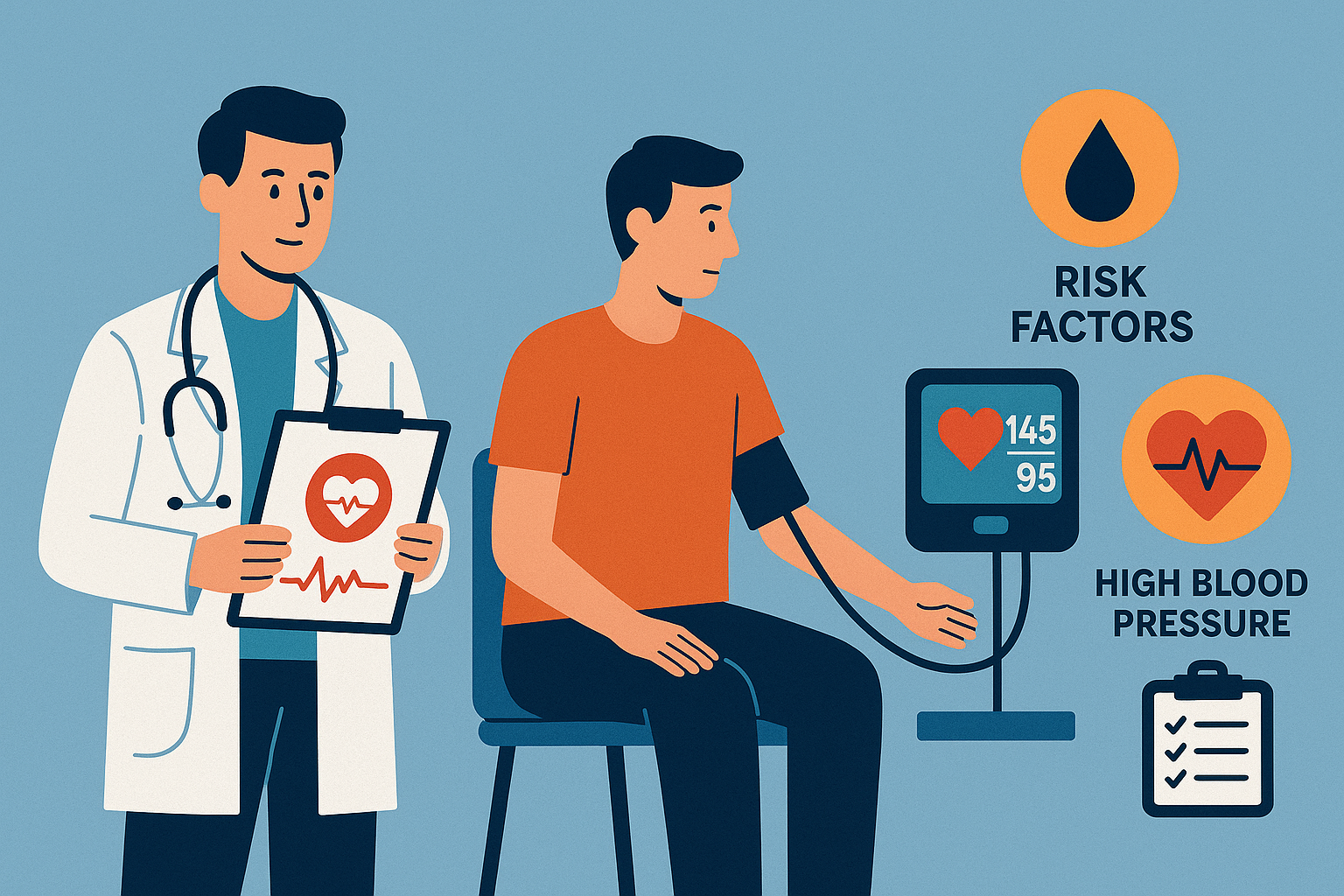
This study investigated the association between novel triglyceride- and triglyceride-glucose-derived obesity indices and hypertension (HTN) prevalence in nonobese adults, utilizing data from 12,717 participants in the National Health and Nutrition Examination Survey (NHANES) from 1999 to 2020, representing approximately 119 million U.S. adults. The prevalence of HTN was 49.74% overall, with 53.45% in men.
This study investigated the association between novel triglyceride- and triglyceride-glucose-derived obesity indices and hypertension (HTN) prevalence in nonobese adults, utilizing data from 12,717 participants in the National Health and Nutrition Examination Survey (NHANES) from 1999 to 2020, representing approximately 119 million U.S. adults. The prevalence of HTN was 49.74% overall, with 53.45% in men.
Results indicated that LAP, VAI, CMI, TyG-BMI, TyG-WC, and TyG-WHtR were significantly associated with HTN (P < .05). Smoothed curve-fitting analysis revealed nonlinear associations between LAP, VAI, CMI, and HTN, suggesting complex relationships influenced by metabolic factors. All novel indices demonstrated superior predictive capability for HTN compared to traditional anthropometric measures, as evidenced by higher areas under the curve (AUC) in ROC analyses. Subgroup analyses confirmed consistent associations across demographic groups, reinforcing the robustness of these findings. These results suggest that novel obesity indices, which integrate triglyceride and glucose metabolism with anthropometric data, offer enhanced predictive value for HTN risk in nonobese populations compared to conventional measures.
The findings highlight the potential of these indices as valuable tools for identifying at-risk individuals in clinical settings, particularly among nonobese adults with visceral obesity or insulin resistance. Further studies are needed to validate these indices in diverse populations and explore their utility in targeted hypertension prevention strategies.

